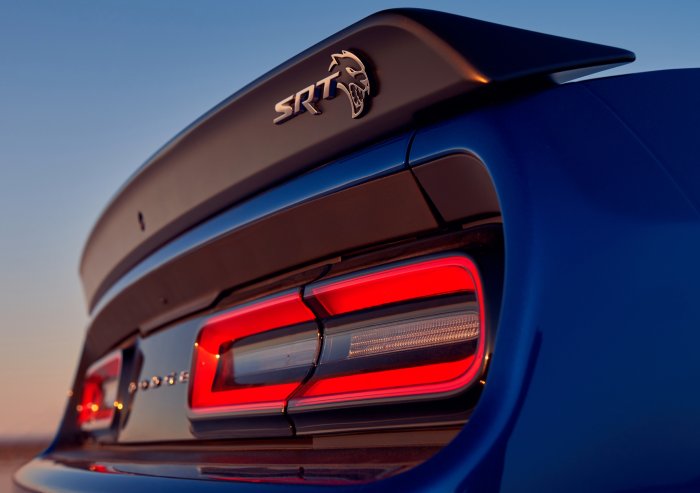Since the Dodge Charger Daytona SRT Concept debuted back at the Speed Week event in Pontiac, Michigan, that muscular battery electric vehicle has been the focus of all speculation on the future of the Dodge brand. We know that the current Charger will be discontinued after 2023 and it seems like the sexy BEV – which has since been displayed at Detroit’s North American International Auto Show and the SEMA Show in Las Vegas – will serve as the next generation for the Charger nameplate. However, we really haven’t talked much about the future of the Challenger, mostly because Dodge isn’t talking about the future of the Challenger.
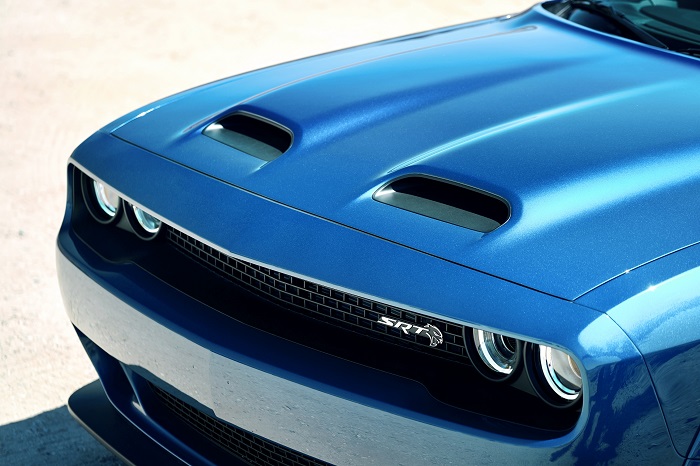
While the world met the Dodge Charger Daytona SRT Concept at the Speed Week debut, a small group of select media got to see the car a few weeks earlier at the company headquarters and I was a part of that group. During that preview of both the new Hornet and the electric Charger concept, Dodge boss Tim Kuniskis talked about the end of the current generation of the Challenger and Charger, making it clear that those cars would not be built after 2023.
While explaining how the Dodge Charger Daytona SRT Concept would be offered in production form with a variety of electric drive systems with different power levels, he stated that the car would be electric-only. He answered some questions on the future of the Charger, based on what was available for the BEV concept, but he would not comment on the Challenger beyond the fact that 2023 was the end of this generation.
In most cases, if a nameplate is being discontinued altogether, an automaker will make that known in advance. For example, we knew in advance that the Dodge Journey was being discontinued altogether, but for the Challenger, the company has only said that the current generation is coming to an end. The company has not stated that 2023 will be the final model year for the Challenger nameplate as a whole, and if that was the case, I am quite sure that the company would clearly be marketing the current car as the last Dodge Challenger ever. They are not marketing the 2023 car as the last Challenger ever, so it seems likely that the Challenger will return after 2023.
How Will Challenger and Charger Differ?
The key question for many people is how Dodge will market a next generation Challenger from the next generation Charger. The Dodge Charger Daytona SRT Concept is a two-door model with a longer wheelbase, offering rear interior space similar to a four-door sedan with the exterior look of a coupe. Since the Charger nameplate was reincarnated for the 2006 model year, it has been a four-door sedan – the bestselling big sedan in the US market. The American auto industry as a whole is shifting away from cars in favor of more small SUVs, but two-door coupes are becoming even less common. Most automakers only offer one two-door car, if any, but if the Charger is becoming a two-door model, that makes you wonder how the Challenger fits into the lineup.
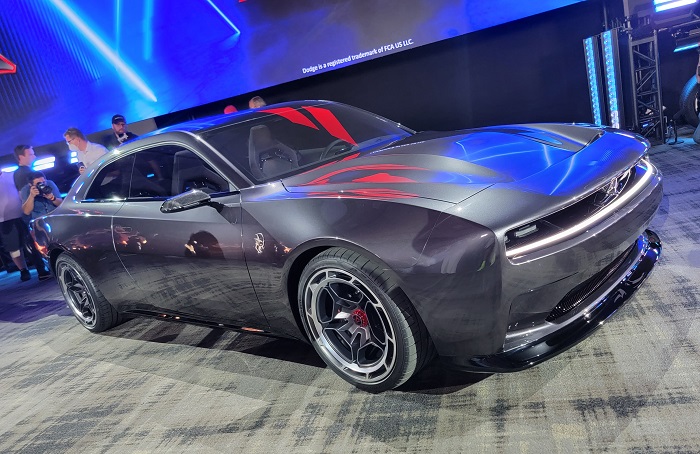
The most likely option is that Dodge will make the next generation Challenger a bit smaller than the current model and smaller than the Dodge Charger Daytona SRT Concept. The Challenger has always been criticized for being bigger and heavier than the Ford Mustang and Chevrolet Camaro, so if Dodge could trim the weight a bit, they could have a Challenger that would match up even better with the cross-town rivals.
More importantly, the Challenger could be powered by gasoline engines – presumably including something from the Hurricane inline-six family. Dodge has already included the Hurricane engines in the Direct Connection catalog and the brand has stated that a Hurricane inline-six will power the next generation Drag Pak car. The Drag Pak has always been based on the Challenger, so in a roundabout way, the Hurricane engine information for Direct Connection supports the rumors of a next gen Challenger that runs on gasoline. Also, we know for a fact that the chassis platform being developed for the Dodge Charger Daytona SRT Concept is also being tooled for a gasoline engine, but after Kuniskis stated that the new Charger would be an EV-only affair, it seems unlikely that Dodge would have both electric- and gasoline-powered next generation Chargers when they reach showrooms, as that would undoubtedly hurt Dodge EV sales. It would make more sense for the new chassis being developed for a gasoline engine to apply to the next generation Challenger, as that would allow the brand to differentiate more clearly between the two cars.
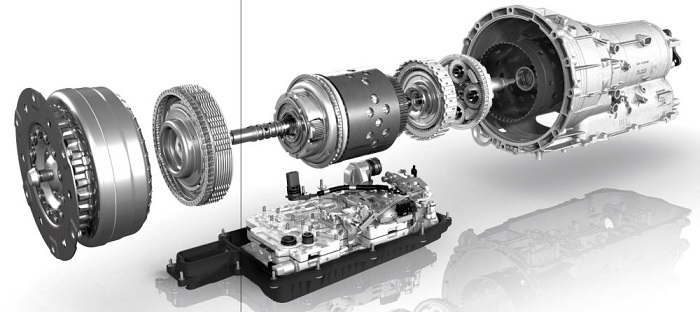
Finally, we know that back when Stellantis was FCA, the company made a huge deal to buy a large number of next generation 8HP transmissions from ZF. The key difference between the 8HP transmissions in the current Challenger and Charger and the next gen 8HP is that the next generation ZF transmission has integrated hybrid technology. This transmission only works with rear-drive and rear-drive-based models, so while it could be used in Jeep SUVs and Ram pickups, it could also lead to a hybrid Dodge muscle car.
In theory, the next generation Dodge Charger would be similar to the Dodge Charger Daytona SRT Concept, featuring all-electric power and two doors, but interior space of a four-door sedan. The next generation Challenger would be slightly smaller, hopefully with a convertible option, and powered by the Hurricane inline-six engine family possibly mated to the next generation ZF 8-speed transmission with an integrated hybrid motor.
Based on the Hurricane 510 in the Jeep Grand Wagoneer, a Challenger with the inline-six could comfortably offer more than 500 horsepower and 500 lb-ft of torque while offering better fuel economy than the 392 Hemi that it replaced (in the Grand Wagoneer). When coupled with an integrated hybrid transmission, the Hurricane engine could deliver well over 500 horsepower and 500 lb-ft of torque with better fuel economy than any of the current models.
When Will the Next Dodge Challenger Arrive?
The current era of the Dodge Charger was introduced in 2005 for the 2006 model year while the current era of the Challenger debuted in 2007 for the 2008 model year. The next Charger should be the introduction of Dodge’s introduction into the all-electric world and that is a big deal; big enough that I don’t expect the brand to debut to all-new cars in the same model year. Dodge plans to launch the BEV Charger for the 2024 model year and if that is the case, they are going to have their hands full. With that in mind, I expect that the next generation Challenger would debut at least a year later.
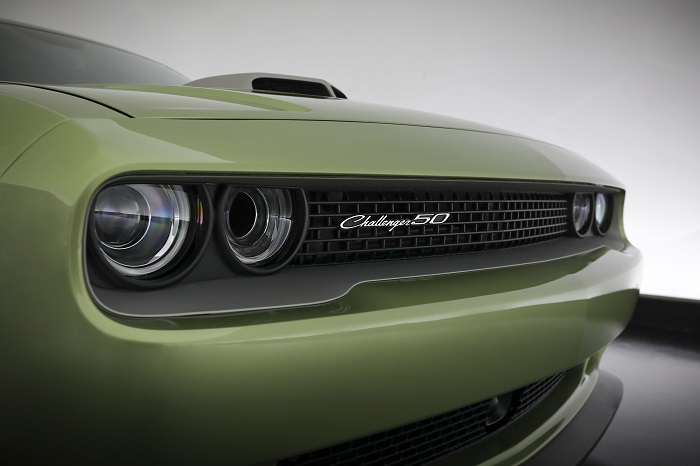
A 2025 or 2026 Dodge Challenger would allow the brand to focus on the launch of the new electric Charger and once those cars have been in dealerships and on the road for a few months, Dodge can stay atop the automotive headlines by introducing the next generation Challenger.
